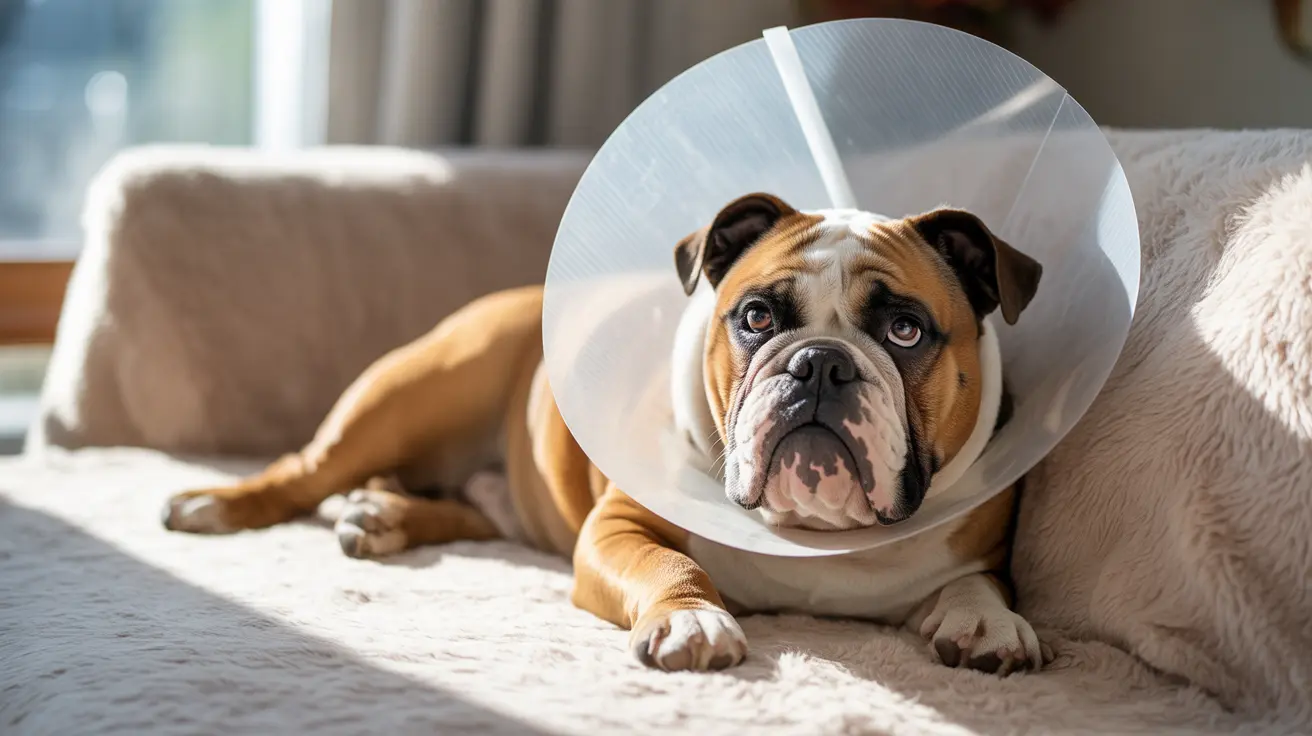When your beloved canine companion develops a concerning lump or growth, understanding the process of dog mass removal becomes crucial. This comprehensive guide will walk you through everything you need to know about this common veterinary procedure, from initial diagnosis to post-operative care and recovery.
Whether dealing with a benign fatty tumor or a more serious growth, proper evaluation and treatment are essential for your dog's health and well-being. Let's explore the various aspects of dog mass removal surgery and what you can expect throughout the process.
Understanding Dog Masses and Their Types
Dogs can develop various types of masses throughout their lives. These growths range from harmless fatty tumors (lipomas) to more serious malignant tumors. Common types include mast cell tumors, sebaceous cysts, and soft tissue sarcomas. Each type requires different approaches to diagnosis and treatment.
Understanding the nature of your dog's mass is crucial for determining the appropriate treatment plan. Your veterinarian will conduct thorough examinations and tests to identify the type and characteristics of the growth.
Diagnosis and Pre-Surgical Assessment
Before proceeding with mass removal, your veterinarian will perform several diagnostic steps. These typically include a physical examination, fine needle aspirate (FNA), or biopsy to determine the nature of the mass. Blood work and imaging studies may also be necessary to ensure your dog is healthy enough for surgery.
This comprehensive evaluation helps veterinarians develop the most appropriate surgical approach and anticipate any potential complications.
The Surgical Process
Dog mass removal surgery is performed under general anesthesia. The procedure involves carefully excising the mass along with appropriate margins of surrounding tissue, especially if cancer is suspected. The size of these margins depends on the type and location of the mass.
- Remove the entire mass with clean margins
- Minimize trauma to surrounding tissues
- Place surgical drains if necessary
- Close the incision with appropriate suture techniques
Post-Surgical Care and Recovery
Recovery from dog mass removal typically takes 10-14 days. During this time, your dog will need:
- Restricted activity to promote healing
- Regular wound care and monitoring
- Pain management medications as prescribed
- An E-collar to prevent interference with the surgical site
Your veterinarian will provide specific post-operative instructions and schedule follow-up appointments to monitor healing progress.
Frequently Asked Questions
What are the common types of masses in dogs that require surgical removal?
Common masses requiring removal include lipomas (fatty tumors), mast cell tumors, sebaceous gland tumors, and soft tissue sarcomas. Some masses may also be cysts or benign growths that cause discomfort or impede movement.
How long does it typically take for a dog to recover after mass removal surgery?
Most dogs recover from simple mass removal surgery within 10-14 days. However, recovery time can vary depending on the size and location of the mass, as well as the extent of the surgery required.
What are the signs that indicate a mass in a dog should be surgically removed?
Signs indicating surgical removal include rapid growth, changes in appearance, bleeding or ulceration, pain or discomfort, interference with movement or bodily functions, and any mass suspected to be malignant based on diagnostic tests.
How do veterinarians determine if a mass in a dog is benign or malignant before surgery?
Veterinarians use several diagnostic tools including physical examination, fine needle aspirates (FNA), punch biopsies, and imaging studies like X-rays or ultrasounds. These tests help determine the nature of the mass and guide treatment decisions.
What post-operative care steps should I take to ensure my dog heals properly after mass removal surgery?
Key post-operative care steps include following medication schedules, keeping the surgical site clean and dry, preventing your dog from licking or scratching the area, restricting activity, and attending all follow-up appointments with your veterinarian.
Conclusion
Dog mass removal is a common and generally safe procedure when performed by qualified veterinary professionals. Success rates are highest when masses are detected and treated early, emphasizing the importance of regular veterinary check-ups and prompt attention to any new growths on your dog.
Always consult with your veterinarian if you notice any unusual lumps or bumps on your dog, as early intervention often leads to better outcomes and simpler surgical procedures.






